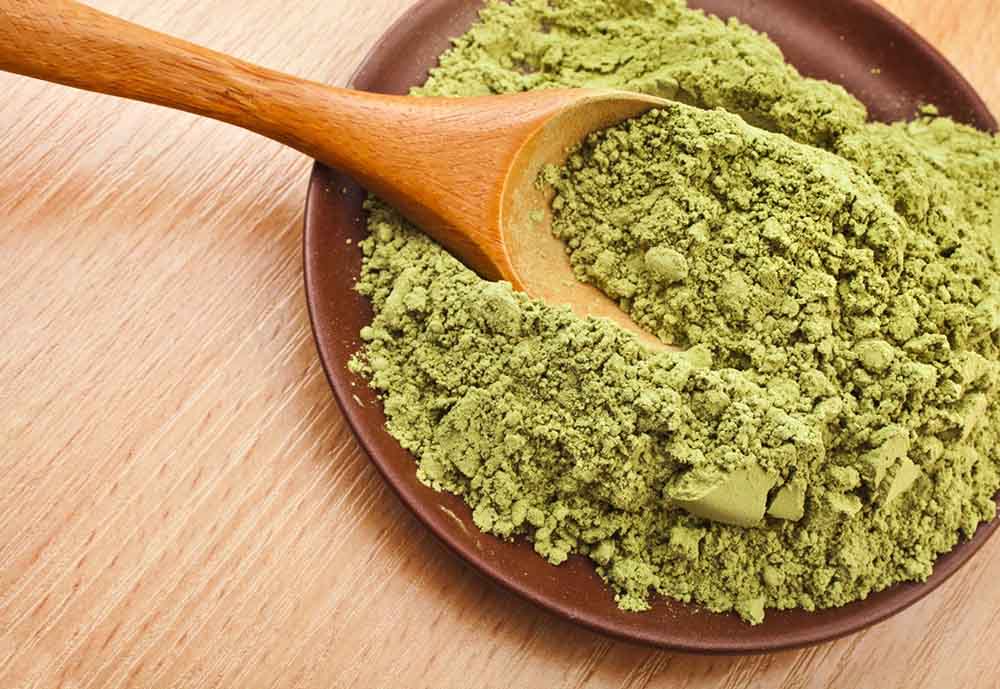Kratom, a tropical plant native to Southeast Asia, has emerged as a controversial yet increasingly popular trend in the wellness industry. Derived from the leaves of Mitragyna speciosa, kratom has been used for centuries in traditional medicine in countries like Thailand, Malaysia, and Indonesia. Historically, it was utilized by workers to combat fatigue and enhance focus, as well as by those seeking relief from pain and various ailments. In recent years, however, kratom has caught the attention of wellness enthusiasts, wellness influencers, and even the broader health and supplement market in the West. The active compounds in kratom, primarily mitragynine and 7-hydroxymitragynine, interact with the opioid receptors in the brain, which is why it has been compared to opioids in terms of its effects. The leaves are typically consumed in various forms, including powders, capsules, teas, and extracts. When used in small doses, kratom is said to produce stimulating effects, helping users feel more alert, energized, and focused.
In larger doses, it is known for its sedative properties, which can lead to pain relief, relaxation, and even euphoria. This versatility in effects has contributed to its rising popularity as an alternative remedy for stress, chronic pain, and anxiety. The wellness trend surrounding kratom is rooted in its appeal as a natural alternative to pharmaceutical solutions. In an age when many people are looking for more holistic approaches to managing health and wellness, kratom offers a plant-based remedy that is perceived as a safer option compared to synthetic drugs or opioids. Advocates of kratom point to its potential to alleviate pain, reduce anxiety, and improve overall well-being without the risk of addiction and severe side effects often associated with prescription medications. This belief has fueled its inclusion in the wellness market, with various brands offering kratom-based products for stress management, energy boosts, and mood enhancement. However, despite its growing popularity, kratom remains a highly controversial substance, with significant debate surrounding its safety and potential for abuse.
The lack of regulation in the kratom market also means that consumers may be exposed to adulterated or mislabeled products, further complicating its use in wellness practices. Moreover, scientific research on most potent kratom strains is still in its early stages, and while there are promising studies suggesting that it may have therapeutic effects, the long-term safety and efficacy remain unknown. As a result, kratom is often seen as a double-edged sword – a promising, natural alternative for wellness but one that carries significant risks if not used cautiously. In conclusion, kratom represents both the allure and the challenges of emerging wellness trends. Its natural, plant-based origins and reported benefits have made it a favorite among those seeking alternative solutions to manage stress, pain, and fatigue. However, the safety concerns, lack of regulation, and potential for misuse pose real challenges to its widespread acceptance. As more research emerges and the wellness industry continues to evolve, the future of kratom in this space will depend on balancing its perceived benefits with the risks associated with its use.

